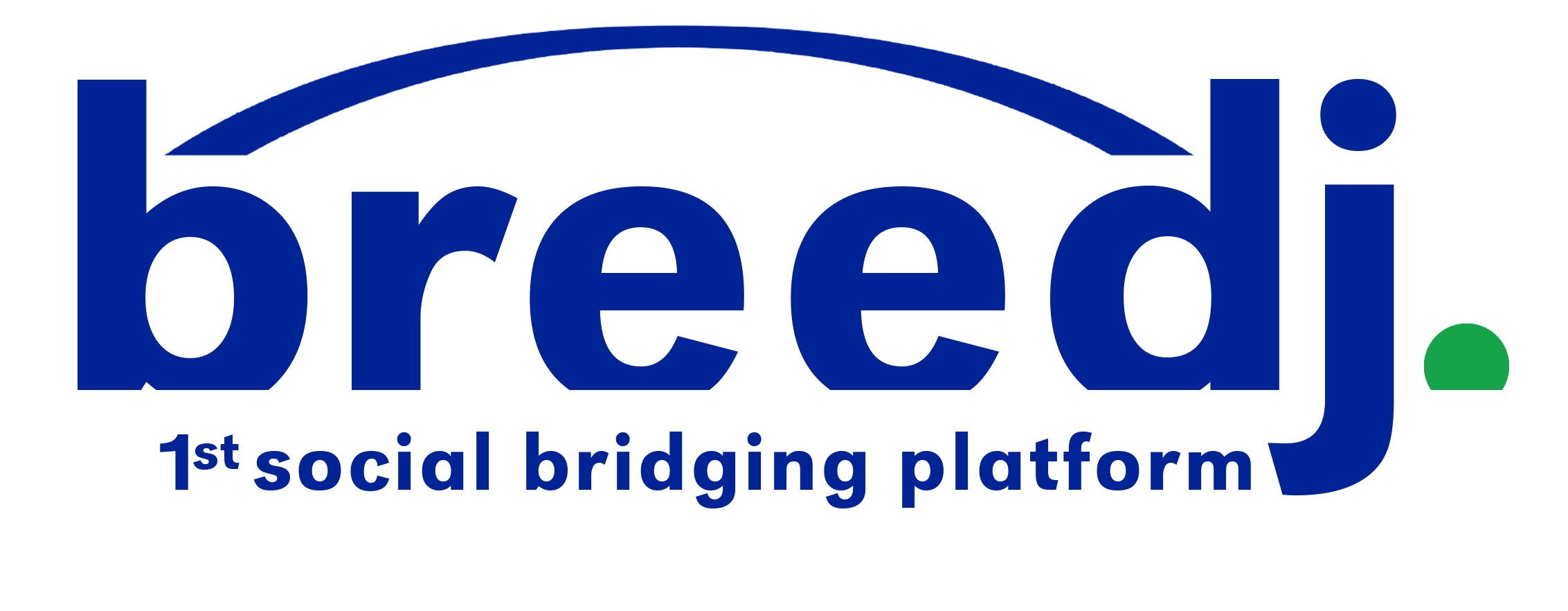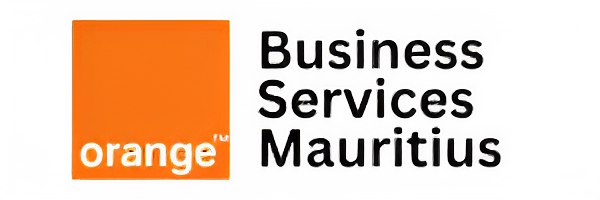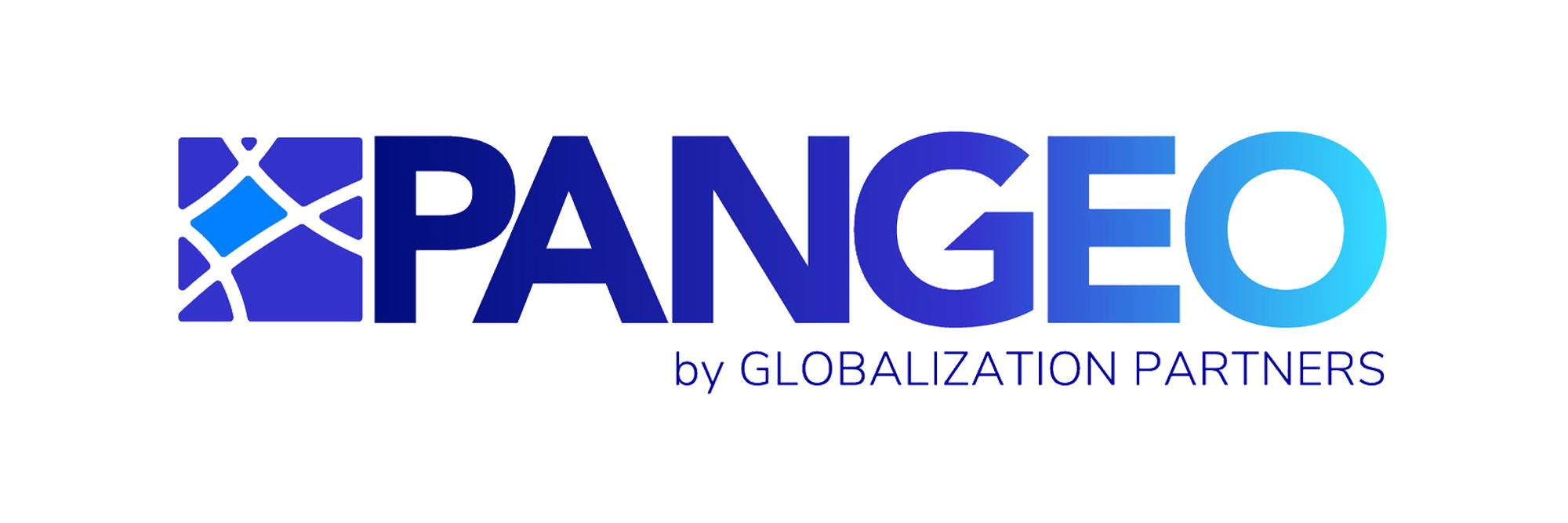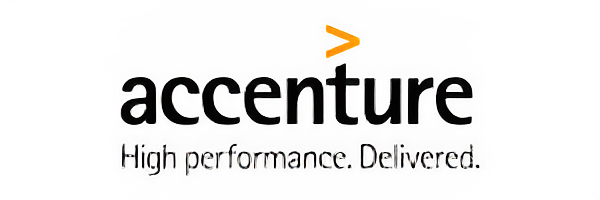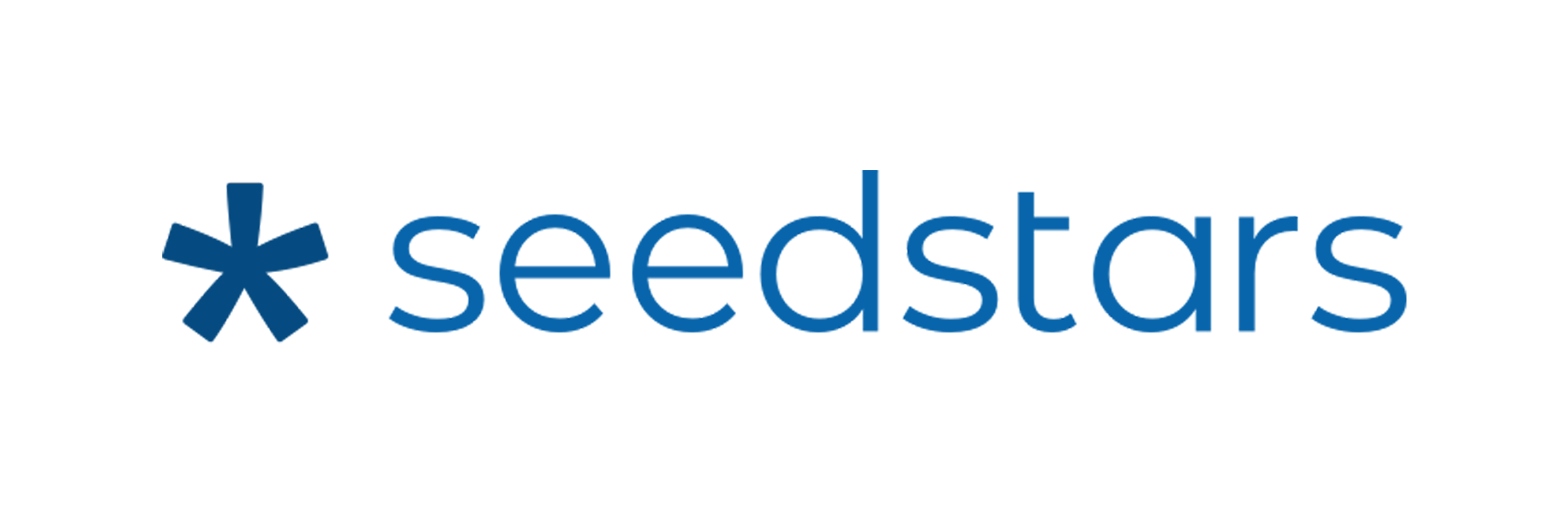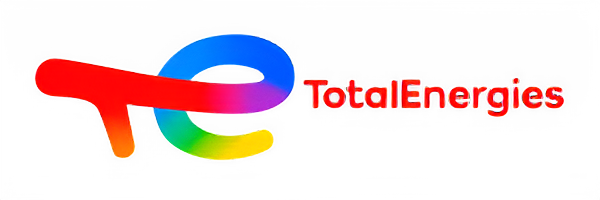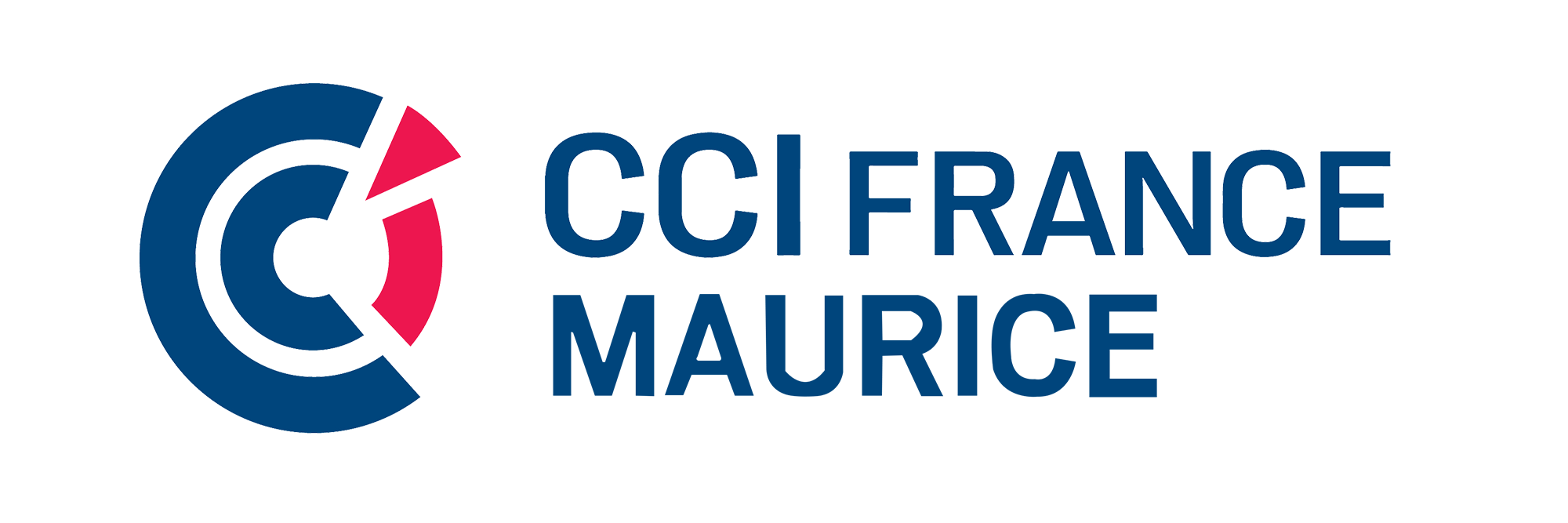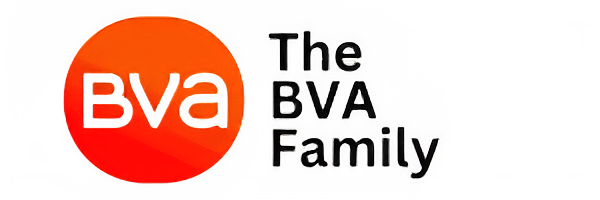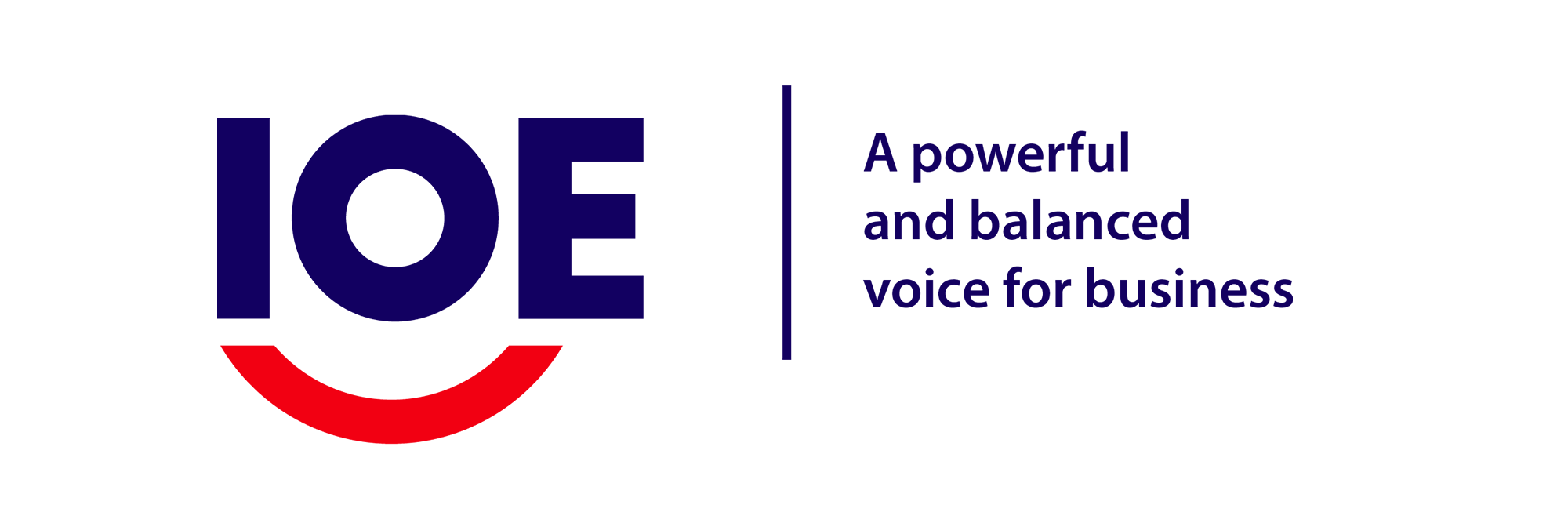Remember staring at your traditional resume, feeling it doesn’t quite capture your potential for a remote role? You’re not alone! In the ever-evolving landscape of remote work, standing out requires more than just a static document. Crafting a dynamic, remote-focused resume is your chance to showcase your adaptability, tech-savviness, and collaborative spirit – all essential qualities for thriving in a virtual environment.
Did you know that 43% of hiring managers prioritize resumes tailored to the specific remote role, compared to generic ones? That’s right, by strategically optimizing your resume for remote opportunities, you can significantly increase your chances of landing your dream work-from-anywhere job.
This guide equips you with the tools and mindset to craft a remote-ready resume that shines, highlighting your skills, experience, and remote-specific assets in a way that grabs attention and positions you as the ideal candidate for the job, even though you might be miles away.
Tailoring Your Resume for Virtual Success
While your core resume principles from traditional applications still hold value, the virtual landscape of remote work presents unique opportunities and challenges that demand strategic tailoring. Let’s explore the key differences to consider when crafting your remote-focused masterpiece:
1. Focus on Transferable Skills: Ditch the generic “hard skills” list and highlight the soft skills crucial for remote success. Think self-management, communication, time management, and organization. These abilities become paramount when working independently and collaboratively across virtual distances. Showcase how you’ve utilized these skills in previous roles, even if they weren’t explicitly remote.
2. Quantify Your Impact: Numbers speak volumes, even in your resume. Go beyond simply listing responsibilities and emphasize measurable achievements using data and metrics. Did you manage a remote team and increase their productivity by 20%? Or perhaps you spearheaded a project remotely, resulting in a 15% cost reduction? Quantifying your impact demonstrates your value as a remote employee and sets you apart from the crowd.
3. Embrace Technology Expertise: In the virtual world, comfort with technology becomes a key differentiator. Highlight your proficiency in relevant remote working tools and platforms, such as project management software, communication apps, and video conferencing platforms. Don’t just list them; demonstrate how you’ve utilized these tools to achieve results in your previous work.
4. Tailor to the Specific Role: Remember, a one-size-fits-all approach rarely works. Analyze the job description meticulously and showcase skills and experiences directly related to the remote aspects of the position. Did they mention needing someone comfortable with asynchronous communication? Highlight your experience working effectively in such environments.
By understanding these key differences and strategically tailoring your resume, you can craft a document that speaks directly to the needs of hiring managers for remote roles and positions you as the ideal virtual candidate.
Building Your Remote Resume From Structure to Content
Now that you understand the unique needs of remote resumes, it’s time to translate that knowledge into action! Here’s a step-by-step guide to build your remote resume powerhouse:
1. Choose the Right Format: Forget fancy columns and distracting visuals. Opt for a clear, single-column format that ensures readability across various devices and applicant tracking systems (ATS). Stick to well-established and professional fonts like Arial or Times New Roman.
2. Craft a Compelling Summary: Your resume summary is your elevator pitch – make it count! Write a concise overview (3-4 sentences) highlighting your unique value proposition and remote work strengths. Tailor it to the specific role, mentioning relevant skills and achievements that grab the reader’s attention.
3. Highlight Relevant Skills: Don’t just repeat your generic skillset. Prioritize and organize your skills section strategically, placing the most relevant ones for remote work and the specific job at the top. Consider skills like self-motivation, communication, adaptability, time management, and technical proficiency in relevant tools.
4. Showcase Remote Experience: Don’t simply list responsibilities under past roles. Emphasize achievements made while working remotely, demonstrating your ability to thrive in a virtual environment. Did you manage a remote team effectively? Increase productivity while working remotely? Quantify these achievements with metrics whenever possible.
5. Quantify Your Results: Numbers speak louder than words, especially in resumes. Use data and metrics to quantify your accomplishments, showcasing the impact you made in previous roles. Did you increase website traffic by 20% through remote marketing efforts? Quantifying your contributions adds credibility and highlights your value to potential employers.
6. Proofread Meticulously: Typos and grammatical errors scream unprofessionalism. Don’t let sloppy mistakes overshadow your qualifications! Proofread your resume meticulously and consider using grammar checking tools for an extra layer of assurance.
Remember, your resume is your first impression, so make it count! By following these steps and tailoring your content to each specific opportunity, you can build a remote-focused resume that sets you apart from the competition and lands you your dream remote job.
Beyond the Basics: Advanced Techniques
Crafting a strong foundation with the essential elements is crucial, but to truly shine, consider these advanced techniques:
1. Target Your Keywords: Applicant tracking systems (ATS) often scan resumes for specific keywords. Identify relevant keywords from the job description and strategically incorporate them throughout your resume, especially in your summary, skills section, and achievements. Don’t overdo it, though, as keyword stuffing can come across as unnatural.
2. Craft a Compelling Opening: Your resume’s first impression matters! Start with a powerful opening line that grabs the reader’s attention and showcases your value proposition. Consider using a quantifiable achievement, a relevant anecdote, or a powerful statement that demonstrates your passion for remote work.
3. Incorporate Storytelling: Weaving stories into your resume can bring your achievements to life and make them more memorable. Briefly share an experience where you utilized your remote skills to overcome a challenge or achieve a significant result. This adds depth and personality while showcasing your capabilities.
4. Focus on the Future: Briefly mention how your skills and goals align with the company’s future plans and the specific remote aspects of the role. This demonstrates your long-term vision and potential within the organization.
5. Offer Proof of Your Skills: If applicable, consider including links to relevant online profiles or portfolio pieces showcasing your work. This allows hiring managers to gain a deeper understanding of your skills and accomplishments beyond the confines of your resume.
6. Personalize It Every Time: While having a base template saves time, remember to tailor your resume for each specific application. Analyze the job description carefully and adapt your content to highlight the skills and experiences most relevant to the particular role and company.
By going beyond the basics and incorporating these advanced techniques, you can create a truly standout remote-focused resume that positions you as the ideal candidate and increases your chances of landing your dream remote job.
Common Pitfalls to Avoid
Creating a compelling remote-focused resume is key, but even the best efforts can be derailed by common mistakes. Learn from others’ failures and avoid these pitfalls:
1. Generic Content: Resist the urge to use a one-size-fits-all template. Every application deserves a tailored resume highlighting specific skills and experiences relevant to the role and company. Generic resumes scream lack of effort and fail to showcase your unique value proposition.
2. Focusing on Responsibilities: Don’t simply list what you did; focus on achievements and the impact you made. Quantify your accomplishments with data and metrics whenever possible. Hiring managers want to see results, not just a laundry list of duties.
3. Exceeding the Page Limit: Stick to the recommended 1-2 page limit to ensure your resume is concise and impactful. Hiring managers are bombarded with applications; lengthy resumes risk getting buried or skimmed over.
4. Typos and Grammatical Errors: Proofread meticulously! Grammatical errors and typos scream unprofessionalism and carelessness. Utilize grammar checking tools and have someone else review your resume for extra assurance.
5. Neglecting Remote-Specific Details: Don’t miss the opportunity to showcase your strengths and achievements related to remote work. Highlight experiences where you thrived in a virtual environment, managed remote teams effectively, or utilized technology to collaborate seamlessly.
Off you go
In the dynamic world of remote work, standing out requires more than just a static resume. By mastering the art of crafting a compelling, remote-focused resume, you transform from a passive applicant to a proactive candidate who embodies the qualities and skills sought after in today’s virtual workforce. Remember, authenticity, strategic tailoring, and highlighting your remote-specific value are key to landing that dream work-from-anywhere job.
